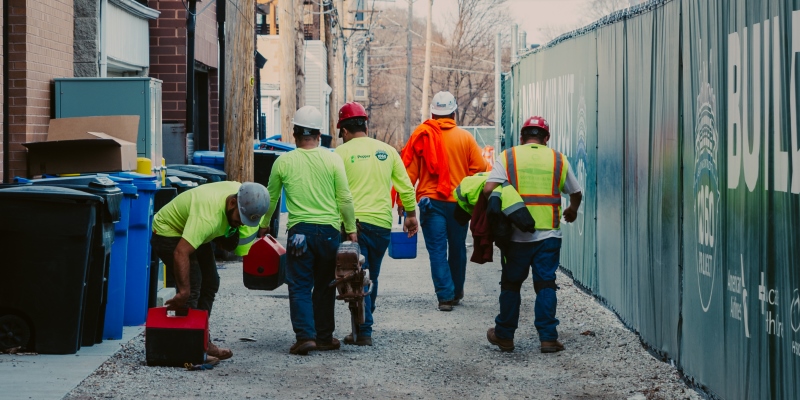Canadian families face growing tax burden with no relief in sight

Have you ever sat down and considered how much you pay in taxes every year? While it’s easy enough to check your income tax return or pay stub to see how much you pay in payroll and personal income taxes, it’s more difficult to calculate your total tax bill.
It’s difficult, in large part, because Canadians pay so many different taxes including income taxes, sales taxes, health taxes, property taxes, profit taxes, sin taxes, fuel taxes and many others. And while some of these taxes are visible, many are hidden, which only adds to the confusion around our total tax bill.
Each year the Fraser Institute publishes Tax Freedom Day—the day of the year when the average Canadian family has earned enough money to pay all the taxes imposed by the three levels of government (federal, provincial and local). In other words, if Canadians had to pay all of their taxes up front, they would have to pay each and every dollar they earned to government prior to Tax Freedom Day.
In 2022, we estimate the average Canadian family (two or more people) earning $129,589 will pay $58,567 in total taxes or 45.2 per cent of their income. So, if you paid all your taxes for 2022 upfront, you would pay the government every dollar you earned until June 14. After working the first 165 days of the year for government, you now get to work for yourself and your family.
This year, Tax Freedom Day arrives on June 15, four days later than last year. With government revenues on the rise and high levels of inflation, the tax bill for Canadians is continuing to grow.
In fact, while the average Canadian family saw their tax bill increase 3.9 per cent this year, their incomes only grew by 0.8 per cent. Put differently, in 2022, the tax bill of average Canadian families grew about four times faster than their incomes.
And all signs point to rising taxes in the future.
This year the federal government forecasts a $52.8 billion budget deficit. Combined with an additional $33.2 billion in cumulative provincial deficits, the total federal/provincial debt is due to increase by $86 billion in 2022/23. And whether that spending was justified or not, taxpayers must ultimately foot the bill. With no realistic balanced budgets on the horizon, future generations of Canadians will almost certainly face tax increases to cover today’s debt-financed spending.
To help us appreciate the size of the debt burden we’re passing on, we also calculate a Balanced Budget Tax Freedom. If Canadian governments had to collect sufficient taxes today to fully fund current spending—in other words, they had to balance their budgets—Tax Freedom Day would arrive 17 days later on July 2.
With Tax Freedom Day falling four days later than last year, and weeks later than 2020, the burden of taxation is mounting on Canadians. Unfortunately, instead of relief, Canadian families can only expect a later Tax Freedom Day in the future.
Author:
Subscribe to the Fraser Institute
Get the latest news from the Fraser Institute on the latest research studies, news and events.

